The Importance of Regular Roof Inspections
While you may not think about your roof every day, it's important to keep it in good shape to prevent leaks and other major issues. Regular roof inspections are key to ensuring that your roof remains sturdy and intact over time. The National Roofing Contractors Association recommends that you inspect your roof at least twice a year, typically in the fall and spring. These seasons offer mild weather that makes inspecting the roof easier and safer. Conducting inspections during these times also allows you to prepare your roof for any seasonal weather hazards that may come your way. Though it might not always be easy to complete inspections as frequently as recommended, making the effort will help prevent minor roof damage from escalating into costly repairs.
Preventing small problems from becoming larger, more expensive issues is a significant advantage of regular roof inspections. By checking for common signs of damage, you can catch problems early before they lead to more serious damage. The cost of minor repairs is far less than dealing with a major issue caused by neglect. Doing your own inspection is possible and can save you money, as long as you're aware of what to look for. If you notice any significant problems during your DIY inspection, it’s always wise to call a professional. But a basic check-up can help you spot early warning signs of damage and prevent more costly repairs down the line.
When performing a roof inspection on your own, there are several key things to watch out for. Start by looking for broken or missing shingles. These can let water seep into the roof and cause leaks. Cracked or curling caulk around roof seams and joints can also allow water to enter, leading to further damage. Patches of moss or lichen growing on the roof may indicate moisture buildup or poor ventilation. Check the rubber boots around pipes and other roof projections for wear or peeling, as these can also create pathways for leaks. Cracked or rusted metal flashings should be replaced to maintain a watertight seal, while shingles that are blistering, cracking, or buckling could indicate age or damage from weather. Don’t forget to inspect your gutters for looseness, cracks, or rust, as these can affect water drainage. Finally, keep an eye on your chimney mortar for crumbling or missing sections, as this can lead to water infiltration.
If you spot more serious problems, like cracked flashings, rusted gutters, or missing shingles, it’s time to call in a professional roofing company. A roofer can perform a thorough inspection of both the exterior and interior of your roof, offering expert advice and solutions. Taking the time to inspect your roof regularly and addressing any issues early on will help ensure the safety and longevity of your home. By preventing minor roof damage from developing into larger problems, you can save yourself from costly repairs in the future. Regular roof inspections are a simple yet effective way to protect your home and give you peace of mind.
Categories
Recent Posts

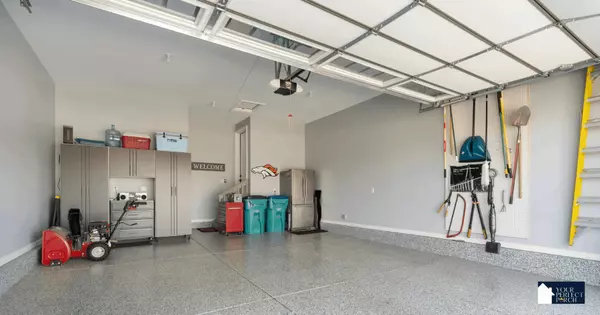

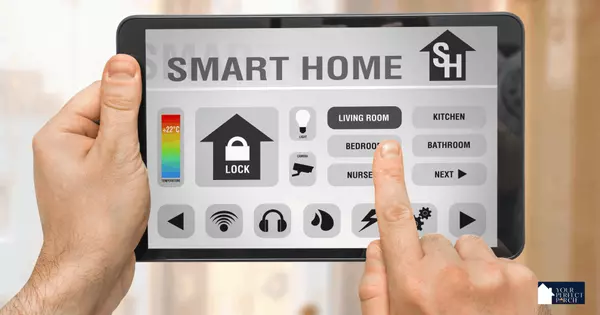


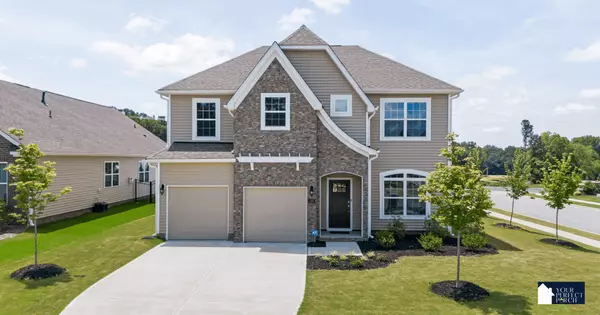
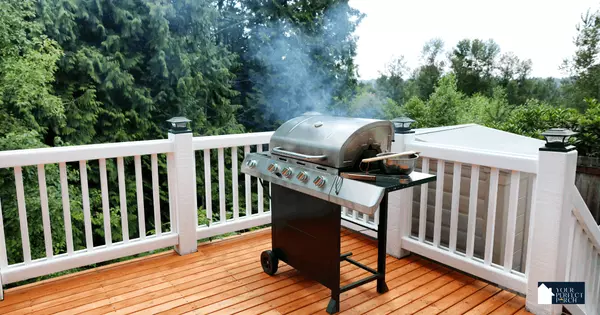
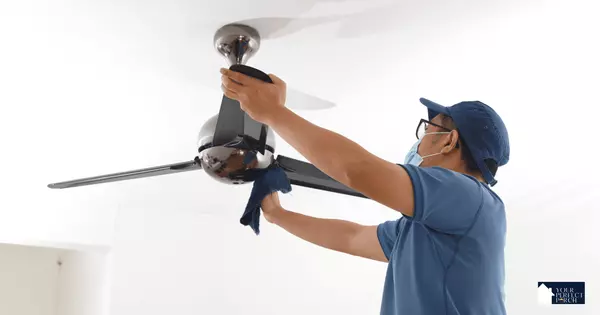

GET MORE INFORMATION

